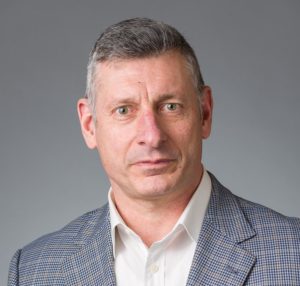When a person picks up a tool, they normally do it accomplish a specific task; to solve a specific problem.
If you want to drink a glass of wine, and you can’t remove the cork from the bottle with your fingers, you’ll reach for a corkscrew.
If you want to make a tuna melt, you need tuna fish. To get the tuna out of its can, you’ll reach for a can opener.
You don’t reach for either one of those tools until you have a very specific and concrete task that you want to accomplish. It’s actually achieving that task, solving the problem, or improving the situation that gives the tool its value.
Are you smart with business intelligence?
But when it comes to business intelligence – or if you don’t mind, I’ll just say “reports” – when it comes to reports, are you getting true value? Can you measure a specific outcome that has occurred, as a result of your using the report?
Unlike corkscrews and can openers, people don’t always have a specific task in mind when they access a report. And without having a specific outcome in mind, and a plan for achieving it, you may not achieve anything.
The Information Builders white paper, The Top Five Worst Practices in Business Intelligence lists "Depending on Humans to Operationalize Insights" as the #1 Worst Practice. In other words, simply giving people access to a report is not enough to achieve the outcome of which a report is capable. People need to have a plan on how they’ll put the information to use.
A solid BI strategy empowers end users not only with information. It also gives them the tools they need to understand what that information means, and how it should be used to achieve a desired outcome.
Here's an example...
A “Top 10 Unsuccessful Searches” report shows the keywords and phrases that have been used unsuccessfully, when searching for answers from knowledge base. A plan for using this report may include the following concrete tasks:
- Identify “gaps” in the knowledge base (as indicated by unhelpful searches).
- Publish new content to fill those gaps.
- Add “meta-tag” keywords to existing content (using the keywords and phrases that were shown on the report).
Executing on those tasks consistently will improve the success rate of the knowledge base, also known as Tier Zero Resolution (TZR). The tasks comprise a specific plan of action for the “Top 10 Unsuccessful Searches” report.
Begin with the end in mind.
Knowing exactly what you want to accomplish, and the steps you'll take to get there before you view a report makes business intelligence more useful. After all, you wouldn’t try to use a corkscrew if you didn’t have a bottle of wine that you wanted to open, would you?

 Microsoft Teams
Microsoft Teams
 Workday
Workday
